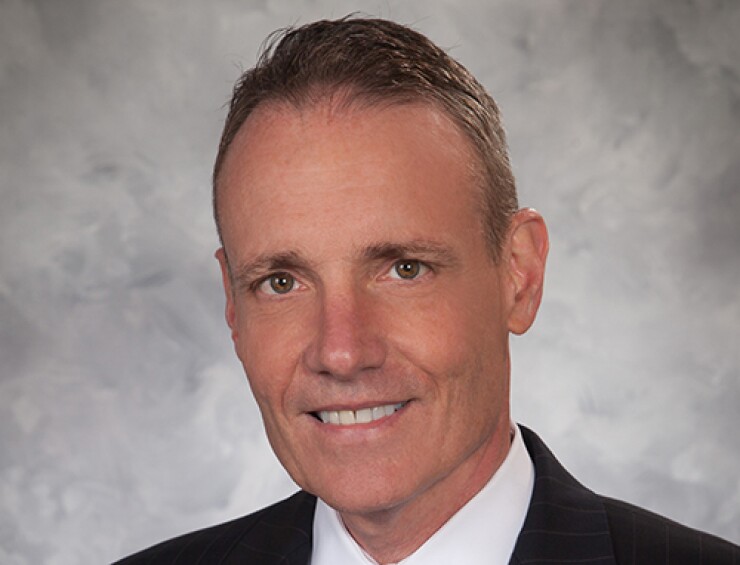
The investment landscape has become a very tricky place for all of us. Equity markets are at or near record highs and interest rates are about as low as they can go. New products, under the broad label of liquid alternatives, bring a value proposition of greater opportunities for diversification coming from sources that are largely uncorrelated to the equity and fixed income market, at least by historical measures.
The uninformed optimist would take this as excellent news, while the cynic would dismiss it as an attempt at mere asset gathering. However, the positions at either end of any extreme are typically flawed. How then do we find that middle ground of assessment, enlightenment, and action? It may not be easy, but it is absolutely worth the effort.
First, two simple ground rules.
The first rule: return is a direct function of the risk taken; without the latter, there is zero chance of getting any of the former.
The second rule: when taking risk, it is best to diversify it across many uncorrelated asset classes; this will better promote long-term growth and minimize the drawdown risk as asset classes move in and out of favor.
From here, the rules, the language and the underlying products can get very complicated pretty quickly, but that should not mean a rush to adopt one of the extremist positions.
CONTRARIAN VIEW?
Recently, SEC Commissioner Luis A. Aguilar spoke on this topic. His emphasis was particularly focused on the structured products area within the liquid alternative space. The number of complaints and active investigations in this very targeted area at both the federal and state level are both shocking and unacceptable and it would be hard to see how anyone in this industry could take a contrarian view.
But what of solutions? Is a closer cooperation amongst regulators really the answer, and does the end investor really want or need more legally sanitized disclosure language, which is probably not read anyway?
Commissioner Aguilar is not at all wrong; rather, he is simply acting on things that are mostly within his control. But that may not be enough.
BALANCED APPROACH
The regulators, asset management industry leaders, the media, educators and the ultimate asset owners all have a part to play. Minimum standards of competency and professionalism in our industry must rise.
These very same types of standards exist in a uniform way in virtually every organized profession and yet our system allows for substantial gaps that cannot be simply regulated back into place. Here, educational bodies such as the CAIA Association and the CFA Institute are "all-in."
After all, pejorative language and blanket generalizations about the liquid alternatives space will continue to throw up a wall of suspicion where caution, education and analysis would be a better approach.
A public-private partnership with an informed media (and thus more informed regulators, advisors, product providers and end investors) needs to be embraced rather than a perpetual cycle of product proliferation followed by regulatory reaction. This partnership must focus on increasing literacy in the very early stages of product creation. A balanced approach of risks and opportunities has to be better explained and understood.
MEANINGFUL SERVICE
The basic concept is not a difficult one to articulate. Investors absolutely need to be protected, as there is no room for fraud or any other form of deceptive practice in this industry, but this must also include the protection of sound investment diversification principles that will increase the likelihood that the asset owner will achieve his or her goals over the long term.
If their array of diversification options consists simply of equities, bonds and cash, it is more likely than not that they will either need a much longer investment horizon, or will have to ratchet down their end goals with increased odds of more substantial drawdown risk.
To provide real, meaningful service to the investor community, we all need to work together in order to advance education, to be responsive to needs and concerns, and to always be more willing to focus on long-term portfolio solutions rather than near-term product sales. This can be done but it means taking a more balanced approach on all sides, together.
Bad actors should never mean a condemnation of an entire asset class. Uncorrelated asset classes should never be measured against a traditional index; and pejorative terms often incite a fear that may unnecessarily pollutes the value proposition of an entire asset class.
Let us remember that we are all working for the same end investor and we have a collective obligation to get this right.
William Kelly is CEO of the Chartered Alternative Investment Analyst Association.





